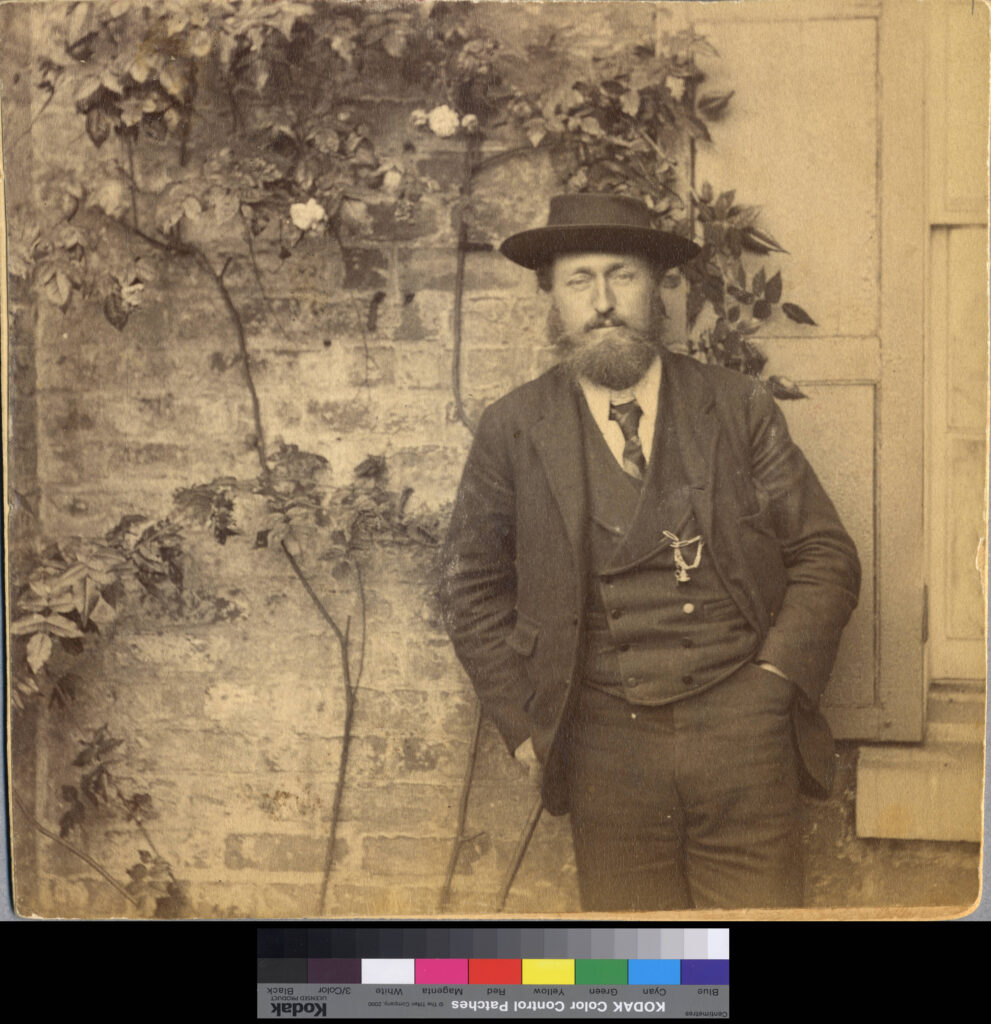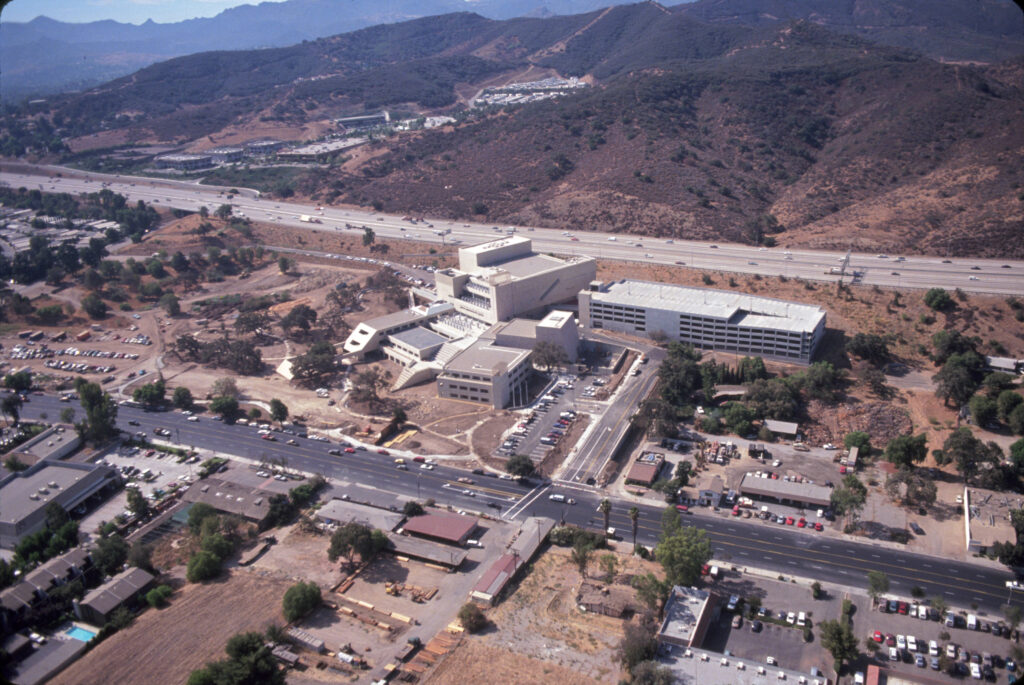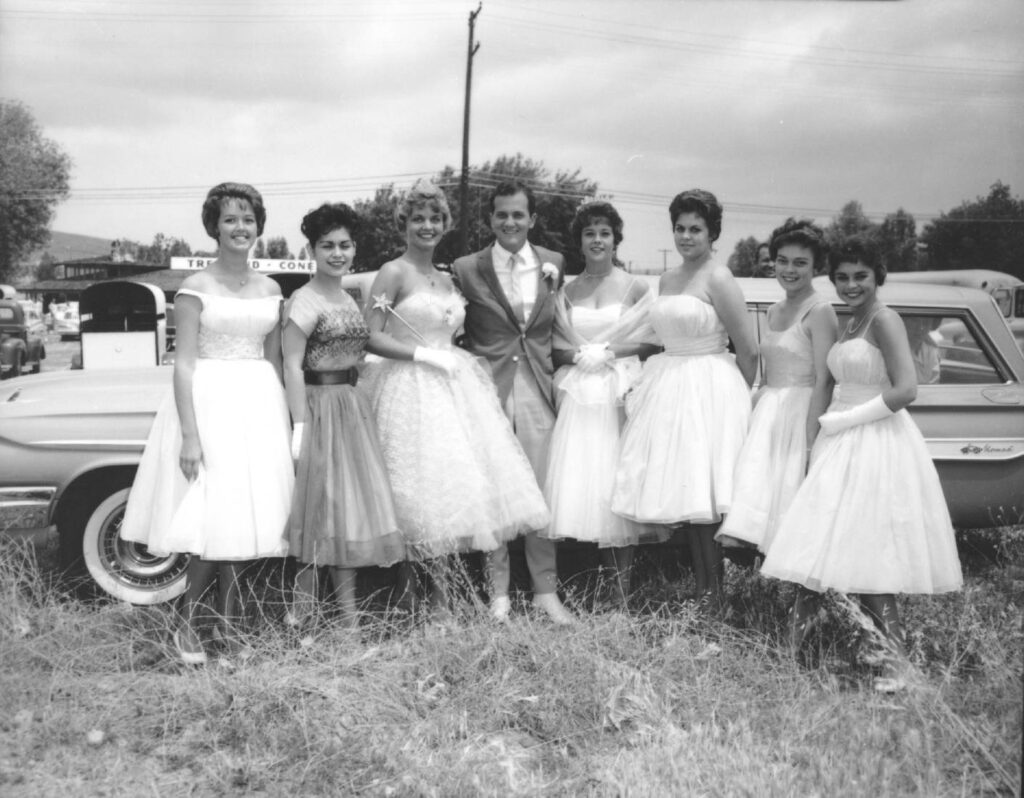Sixty years ago, in 1964, the City of Thousand Oaks was officially incorporated, marking a major step forward for a community with rich roots in agriculture, family-centered communities, commerce and outdoor living. The Conejo Guardian is running a series of articles to commemorate and celebrate the history of the City and of the Conejo Valley.
According to the City’s official history, the rural area west and north of Los Angeles, known today as the Conejo Valley, remained mostly unsettled for 300 years after its discovery by Spanish explorer Juan Rodriguez Cabrillo. A magnet for pioneers in the 1800s, it witnessed the establishment of its first post office in 1875, which became a stagecoach stop between Los Angeles and San Francisco.



“In the early 1900s the Janss Family purchased 10,000 acres of farm land and began planning a ‘total community,’” the City records. “The family would leave a positive local imprint, and the Janss name remains highly visible in the Conejo Valley. Chicken ranches, dairy farms and apricot orchards dotted the valley when Louis Goebel opened his Lion Farm in 1927. Crowds flocked to see Goebel’s performing jungle animals. In later years, his tourist attraction was called Jungleland. Soon the motion picture industry discovered the Conejo Valley’s beauty. Scenes from ‘Tarzan’ and ‘The Adventures of Robin Hood’ were filmed here.”
Shopping and business centers, parks and schools sprang up by the early 1960s, and homes remained intermingled with crop fields and grazing livestock on the day in September 1964 when the community voted to incorporate. At that time, the 14-square-mile city counted 20,000 residents.
Today, Thousand Oaks claims 56 square miles and more than 127,000 residents. Distinctively, the City has designated in excess of 15,000 square acres as “Open Space,” which includes 75 miles of trails.


Bob Talley, Jon Tapking (my father), Alex Fiore, Dave Betts, and Lee Williams. Bob Tally was the 1st. Mayor, John Tapking was Vice-Mayor. Alex Fiore was the longest serving member of the original council.
We have come a long way since TO Blvd wound through the City and you could hear the lions roaring at Jungleland. CLU is now a nationally recognized college. Amgen a major biotech firm was founded here.
Good time and difficult times formed the city and still do. But its a great place to live!
Hoping you will note the amazing history of our first LANDMARK Civic center. A national architectural competition produced a unique structure with 70% open space, blending in with the environment and fiscally response meeting the $1 million goal. The tale of these two city halls says a tremendous amount about the changing goals of our public servants. Compare and contrast the two structures and creation methods.
FROM THE T.O. HISTORY WEBSITE:
City#10: Hillcrest Center – Designated an historic landmark on April 8, 1997, by the Thousand Oaks Cultural Heritage Board (CHB Resolution No. 1) as the site of the first city hall built by the City of Thousand Oaks. The historical designation applies to the exterior wall (facades and architectural style) of the Civic Center buildings. Built in 1973, the building housed the administrative offices of the City and Conejo Recreation and Park District until 1988. Location: 401 West Hillcrest Drive
https://www.toaks.org/departments/city-manager-s-office/public-information-office/history